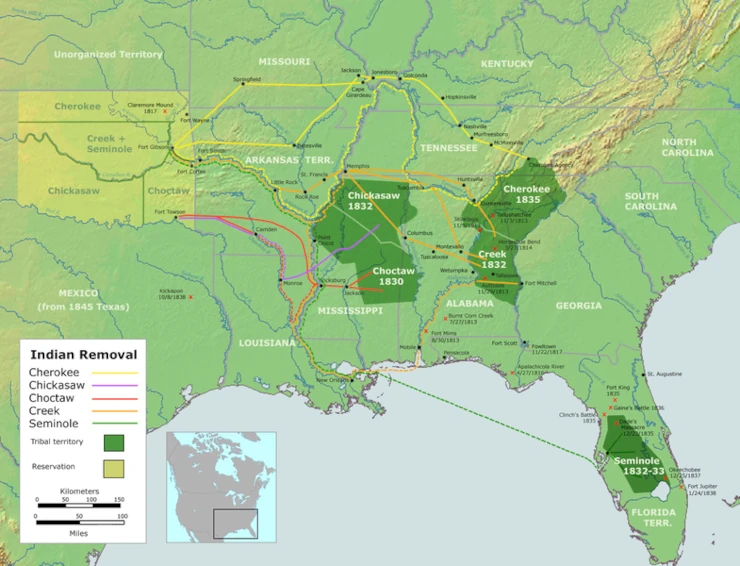


Upon taking possession of Indian lands, white scientists were enthusiastic about investigating the life and origin of the Indians, hoping that they would soon disappear. The U.S. Army was ordered to obtain skulls from indigenous people for study at the Army Medical Museum in 1867. Thousands of skulls were collected in battlefields and cemeteries. During subsequent decades, several major museums and universities gathered collections of skeletons and funeral objects for their study and exhibition. Some private collectors plundered tombs and then sold or exhibited human remains and funeral objects as tourist attractions.
These acts are sacred to Native Americans. Many traditionalist Indians believe that the deceased still exist, albeit in a different world, and that the transfer of their remains constitutes an affront to the dignity of the ancestors and a threat to the delicate harmony of nature. For decades, indigenous peoples struggled to recover and bury these remains. Finally, in 1990, Congress passed the Native American Tomb Protection and Repatriation Act, which obliges all official agencies to return human remains, funeral objects and sacred objects to the peoples from which they were taken, as well as to consult the tribes directly before excavating in Indian sites.
The campaign to recover the lands that the Indians lost in wars and treaties has not been so successful. The legal battle began in 1946 when the U.S. Congress established the Indian Claims Commission, which established compensation for illegally seized land, equivalent to the value of the land when it was usurped and more interest. This helped peoples whose claims were met to generate significant incomes. For example, the Passamaquoddy of Maine received sufficient funds to implement educational, industrial development and housing programmes. On the contrary, some communities refused to accept money, arguing that the land is sacred and cannot be bought or sold. Canada recognizes that Indians have rights based on traditional occupation, unlike the United States. The government's goal is to reach agreements that include land delivery and economic compensation. The creation of the Inuit territory of Nu-navut has been the most notable consequence of this policy. However, there are still many cases that have not been resolved.
In November 1969, shortly after the government closed down the Alcatraz prison in San Francisco, about 200 indigenous people took control of the island and requested its restitution to the Indian people. His claim was based on a clause in a treaty that promised to return to the Indians the territories that were no longer useful to the federal government. The operation continued until 1971, when the last occupants were expelled by the federal police. Subsequently, however, other demonstrations occurred, such as in 1972 a march called "The Road to Broken Treaties" in Washington D.C., which was controlled by the Office of Indian Affairs for six days.
 Native American Cultures: Myths and magic
Native American Cultures: Myths and magic
You can purchase this book on Amazon.
This book challenges deep-seated stereotypes and offers an enriching perspective that contributes to a more comprehensive and respectful appreciation of the indigenous peoples of North America. Through an understanding of their myths and beliefs, we are taking an important step toward cultural reconciliation and the recognition of the diversity that has enriched the history of this continent.
These mythical stories, many of them linked to the literary genre of fantasy, reveal a world where the divine and the human intertwine in narratives that explain the cosmic order, creation, and the fundamental structure of the universe. Discover how these sacred tales bear witness to the deep connection of the natives with nature and spirituality.
Native Americans: Population and Territories
Native Americans: Cultures, customs, worldview
Traditions, myths, stories and legends